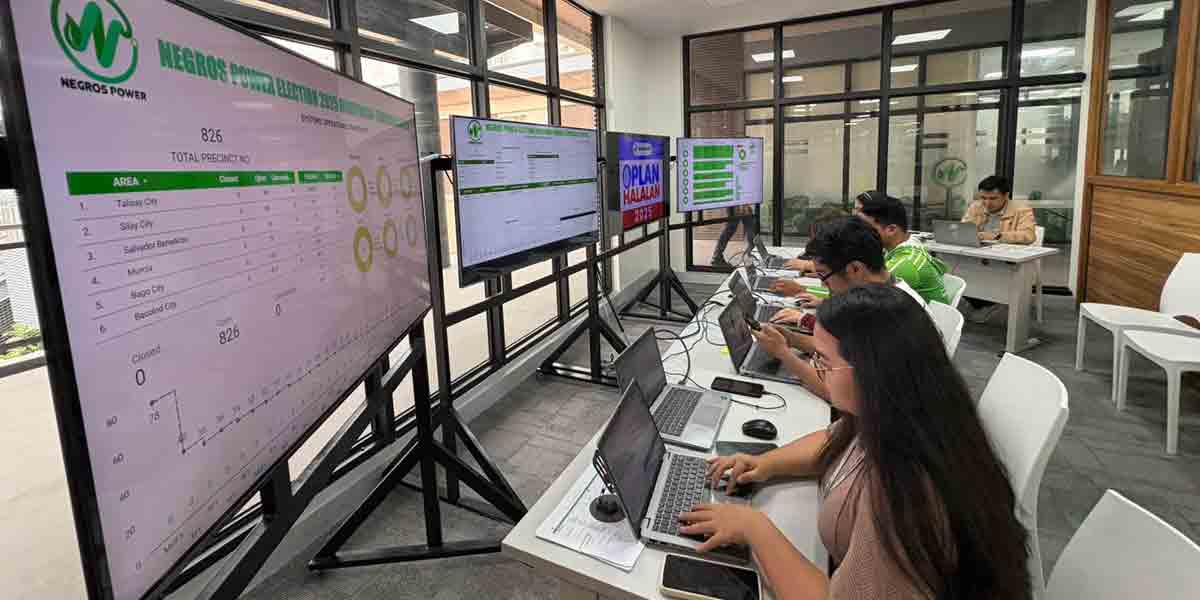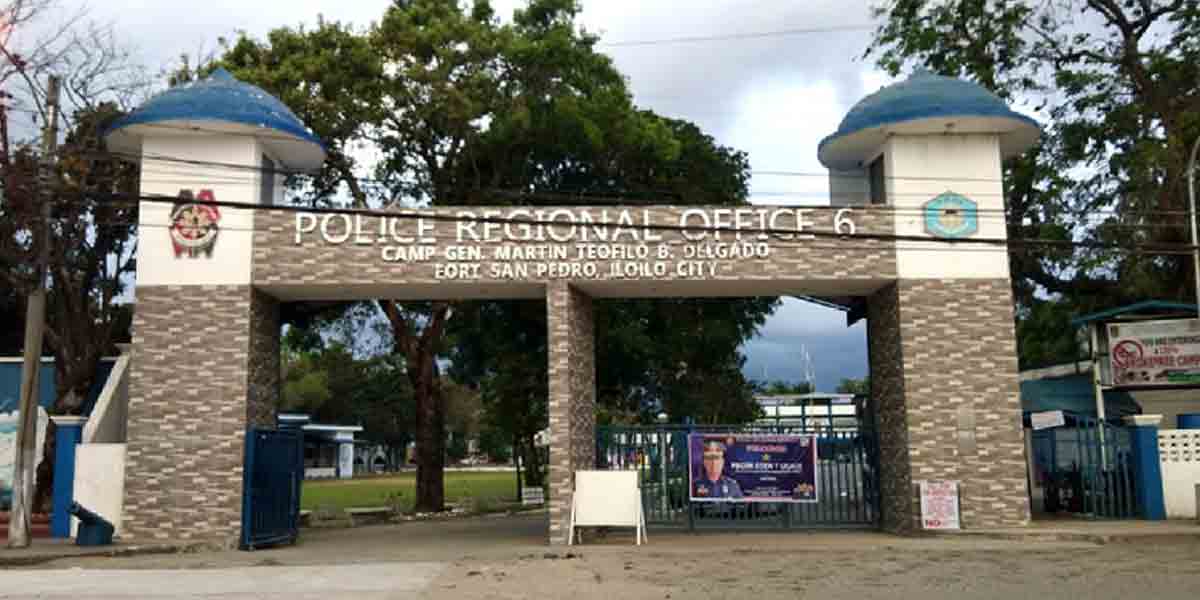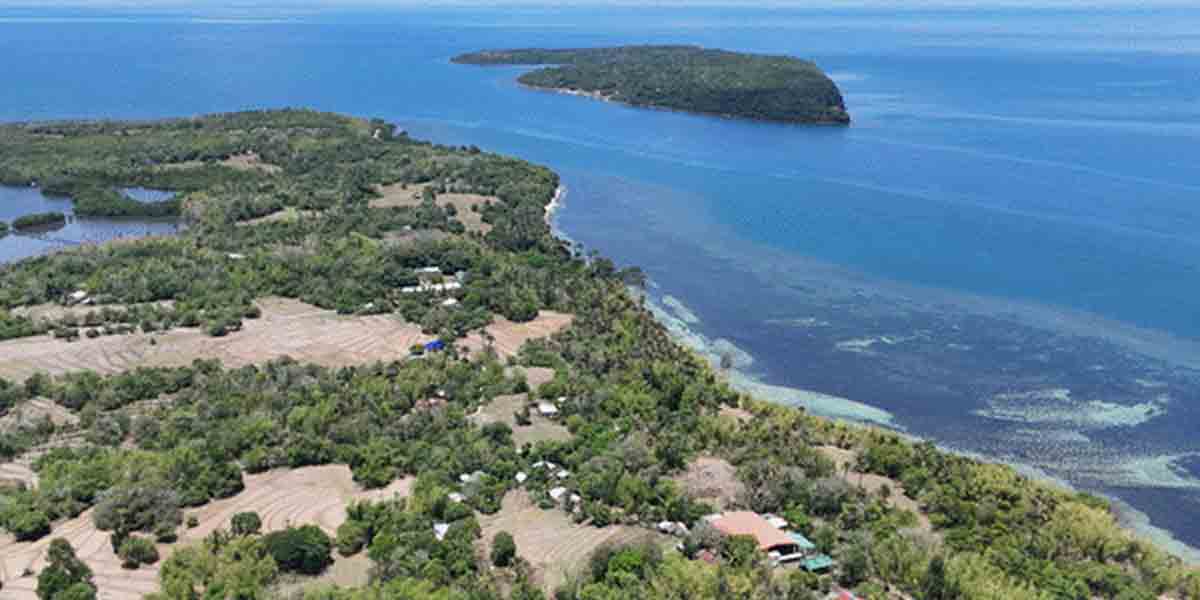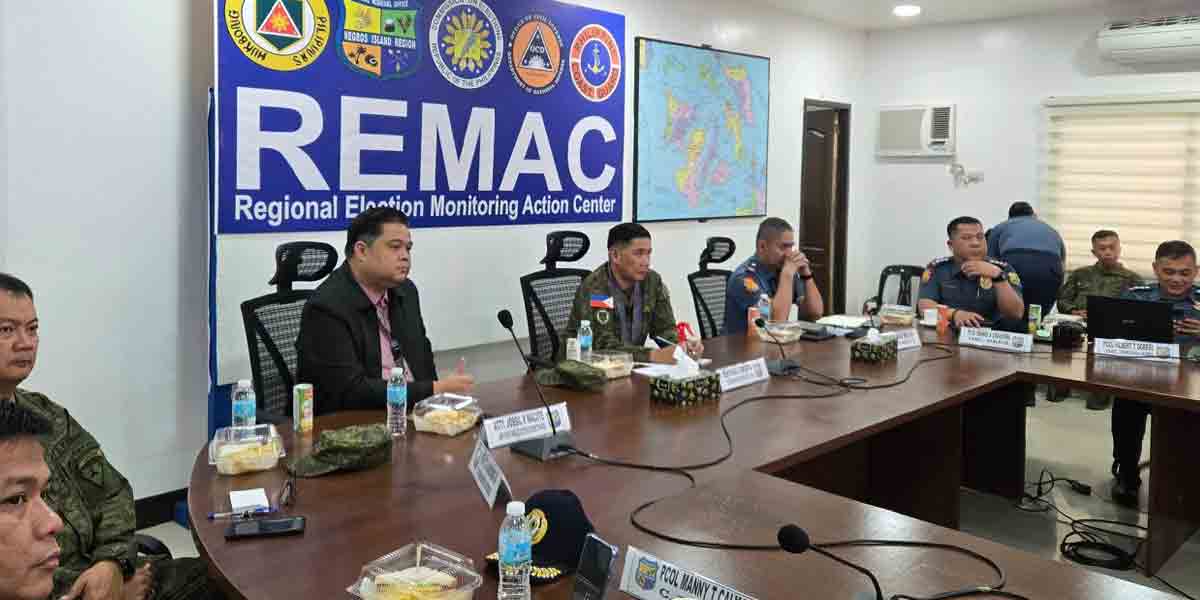By Glazyl Y. Masculino
BACOLOD CITY – As we bid farewell to 2024, one of the most unforgettable stories that unfolded on Negros Island was the eruption of Kanlaon Volcano.
The majestic yet unpredictable volcano, which has long stood as a symbol of both beauty and danger, made headlines this year as it became increasingly active, sending shockwaves through local communities, government agencies, and humanitarian efforts.
But amidst the heat and chaos, the Negrenses proved they are nothing short of resilient, resourceful, and ready to face whatever the volcano throws their way.
The Eruption: A Wake-Up Call for Negros
In early 2024, Kanlaon Volcano, located in the central part of Negros Island, started to rumble, sending tremors throughout nearby towns like Canlaon City, La Carlota, La Castellana, and Binalbagan.
With its increasing seismic activity and the occasional burst of ash, the Negrenses quickly knew that the volcano was gearing up to make a dramatic entrance.
And, sure enough, in the second half of this year, the volcano blew its top, reminding everyone just how unpredictable and powerful nature can be.
Ashfall covered fields and streets, turning the air into a dusty haze, while local communities went into full emergency mode.
For many, it was a reminder that Mt. Kanlaon, despite its beauty, can be a diva at times, throwing an eruption tantrum at a moment’s notice.
The June 3 eruption brought a tense reminder of the volcano’s volatility, triggering mass evacuations and putting thousands of lives on edge.
The Dec. 9 eruption prompted the Philippine Institute of Volcanology and Seismology (PHIVOLCS) to raise the Alert Level from 2 to 3.
Roads became rivers of mud, and ash clouds made visibility near impossible. But that didn’t stop the people from moving forward.
In true Filipino style, it was all about “bayanihan” (community spirit), with everyone pitching in to help their neighbors.
Yes, it was chaotic, but the resilience and humor of the evacuees shone through.
The evacuation process was swift but challenging. As thousands of evacuees settled into temporary shelters, things were far from perfect.
Overcrowded evacuation centers, limited resources, and the looming question of how long the volcanic drama would last left everyone on edge.
Would the eruptions continue? When could they go home? Would their homes, farms, and businesses survive?
While the Department of Social Welfare and Development (DSWD) and local relief teams scrambled to provide food, water, and medical care, the residents of Negros Island remained patient.
Yes, there were frustrations and some emotional breakdowns, but most people kept their heads high, knowing that this was just another test for the island—and they were more than ready to take it on.
Beyond the volcanic activity itself, the challenges started piling up like a never-ending ashfall.
With Negros Island’s rugged terrain and remote areas, moving aid and evacuees was a race against the clock.
Also, nobody could say for sure when the eruptions would stop. That uncertainty loomed large as evacuees had to remain in shelters, not knowing when they could return home to their farms and businesses.
For farmers, the volcano’s antics were more than just an inconvenience—they were a full-on crisis.
Crops drowned in ash, and farms were left in limbo. Sugarcane fields, rice paddies, and even backyard vegetable gardens were buried under layers of volcanic fallout, leaving farmers staring at a long recovery.
Perhaps the most difficult challenge was simply the waiting. The constant vigilance needed to monitor the volcano’s every move made life on the island feel like living on edge.
Would it erupt again? When could people go home? The unknown is always the hardest part.
Despite the enormous challenges, there is much hope in the way the people of Negros Island have shown resilience and unity.
From the volunteer groups that sprang into action to help distribute relief goods, to the community spirit that saw neighbors supporting each other, the outpouring of kindness and solidarity was evident.
Even in the face of hardship, the strength of the people shone through.
The government, recognizing the long-term effects of the eruption, also took steps to provide both immediate relief and long-term recovery plans.
As we move into 2025, the focus shifts from disaster management to rebuilding and resilience, ensuring that both the people of Negros and the local government are better equipped to face future challenges.
There is hope that 2025 will bring calm to Mt. Kanlaon. With continued vigilance from PHIVOLCS, the recovery process can begin in earnest.
But more importantly, the events of 2024 highlighted the importance of being prepared for the unexpected—and the Negrenses have proven that no amount of volcanic ash or seismic shake-ups can crush their spirits.
And while the effects of the eruption may linger for some time, the spirit of the people in Negros Island remains unbroken.
The road to recovery will be long, but with the spirit of unity and strength that defined this year, there’s no challenge that can’t be overcome.
For the evacuees, the hope is that they will soon be able to return to their homes, rebuild their farms, and start anew.
In the end, as Kanlaon rests (for now) and the residents of Negros Island recover, the enduring story of 2024 will be one of survival, unity, and the relentless hope that no eruption, no matter how fierce, can ever extinguish the spirit of the people.


















